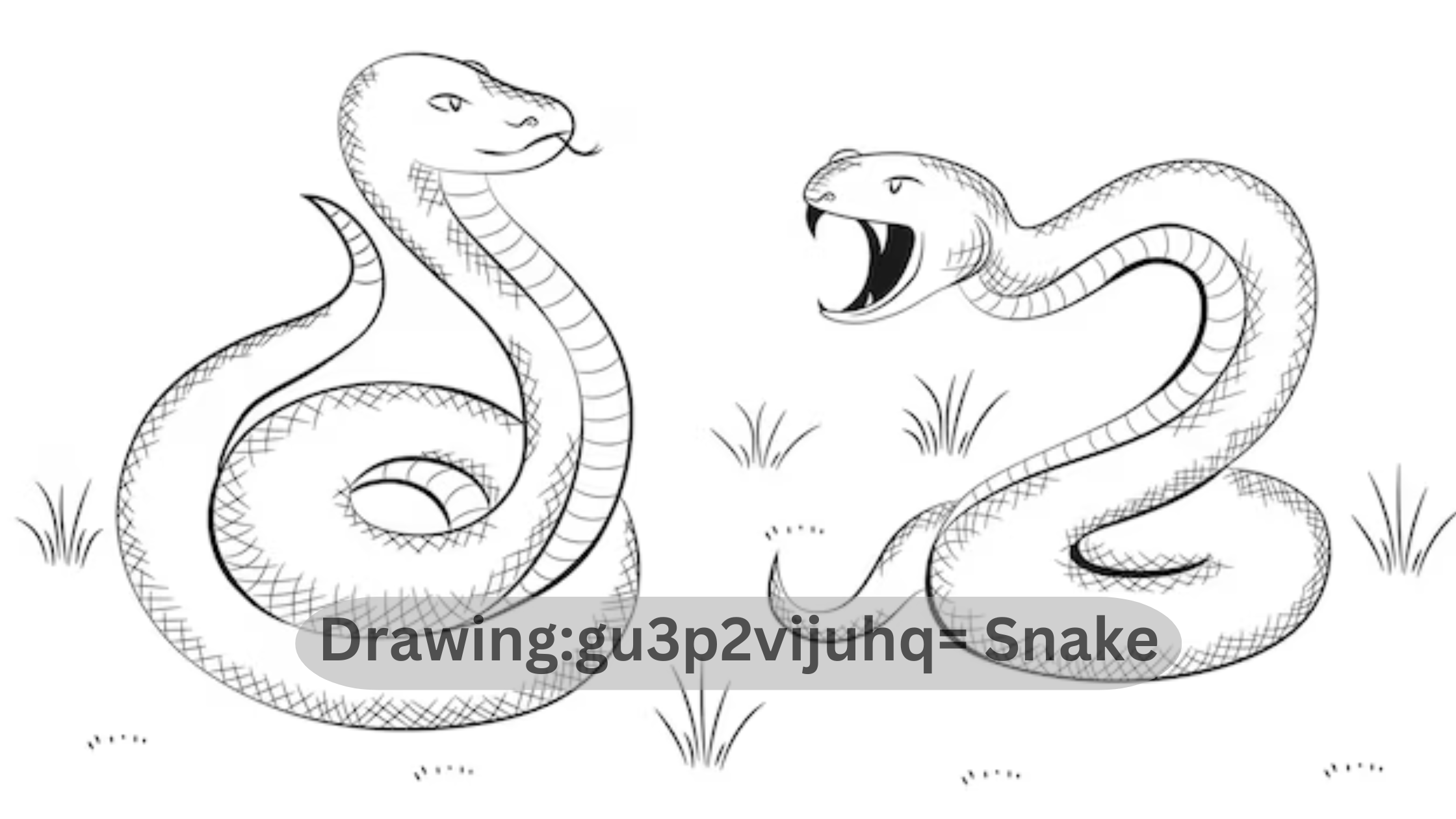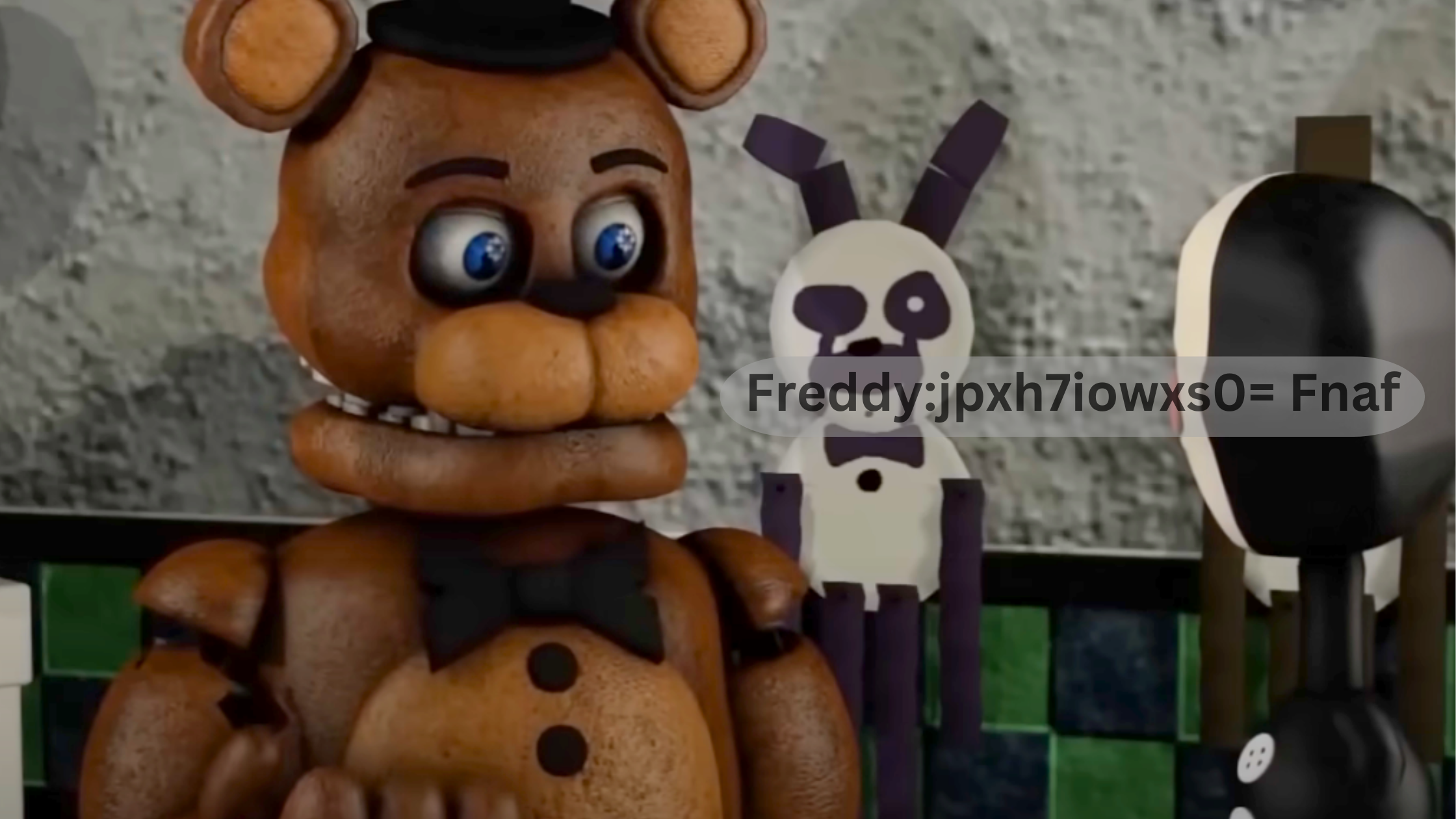Drawing:gu3p2vijuhq= Snake has fascinated artists for centuries due to their sinuous movements, intricate patterns, and symbolic significance across various cultures. Whether you’re a beginner or an experienced artist, drawing a snake offers a unique challenge, demanding attention to detail, shading techniques, and an understanding of anatomy. In this article, we will explore various aspects of drawing snakes, from basic sketches to more detailed illustrations. The focus will be on how you can bring these creatures to life on paper, using various tips and techniques.
Understanding the Anatomy of Drawing:gu3p2vijuhq= Snake
To accurately capture a Drawing:gu3p2vijuhq= Snake, it is essential to have a basic understanding of their anatomy. Snakes are elongated, limbless reptiles with flexible bodies that can move in various directions.
Their scales, head structure, and the way their body curves make them both challenging and exciting to draw. Start by observing different snake species to understand the variations in their anatomy. The scales of a rattlesnake differ greatly from those of a boa constrictor, for instance.
When drawing a snake, begin with a basic shape that defines the length and curve of its body. Use light strokes to sketch the initial outline, focusing on the direction and movement of the snake. The next step is to map out the head, ensuring it fits proportionally with the body. Snakes have narrow, elongated heads with sharp eyes and defined scales, which require careful observation and rendering.
Drawing:gu3p2vijuhq= Snake Shading Techniques
Shading is a crucial aspect of capturing the realism of Drawing:gu3p2vijuhq= Snake. Once you have outlined the snake’s body, it’s time to give it depth and texture through shading.
Snakes have a cylindrical body, meaning the light falls unevenly across their surface. Understanding where to apply shading will help convey the three-dimensional aspect of the snake’s form.
For beginners, it’s helpful to use a reference image to see how light interacts with the scales and body. Use cross-hatching or smooth shading techniques to create the illusion of shadows. The darker areas of the snake will appear on the underside, while the upper part, closer to the light, will have lighter tones.
When shading the scales, pay close attention to the texture and direction, as they follow the curvature of the snake’s body. Varying the intensity of shading will make your snake drawing appear more lifelike and dynamic.
Mastering the Scale Detail in Drawing:gu3p2vijuhq= Snake
The scales are one of the most intricate parts of Drawing:gu3p2vijuhq= Snake. The repetitive pattern of scales, though challenging, can be broken down into manageable sections. Depending on the species, the scales may vary in size and shape, so it’s essential to focus on these differences when adding detail. Larger snakes tend to have more prominent scales, while smaller species like garter snakes have finer, more delicate scales.
Begin by drawing a few rows of scales around the snake’s body to understand their placement. Scales tend to follow the curve of the snake, wrapping around its body in a uniform pattern.
Once you’ve established the pattern, continue adding scales, working from the head to the tail. For a more realistic effect, you can add slight variations to the scales’ shape and size, as snakes in real life rarely have perfectly symmetrical patterns.
Adding Realism to Drawing:gu3p2vijuhq= Snake’s Movement
One of the most captivating aspects of Drawing:gu3p2vijuhq= Snake is capturing its fluid movement. Snakes are known for their graceful, slithering motion, which should be reflected in your drawing.
To achieve this, it’s important to create a sense of flow and continuity in the snake’s body. When sketching, focus on the curvature of the body as it winds and bends. This will help convey the snake’s motion, making your drawing more dynamic.
For example, imagine drawing a snake in a coiled position. The overlapping curves of the snake’s body should reflect its natural pose. Pay attention to how the body folds and overlaps, making sure that the proportions remain accurate. Use darker lines where the snake’s body recedes into the background and lighter strokes for areas that are closer to the viewer.
Incorporating Background Elements in Drawing:gu3p2vijuhq= Snake
While the snake is the main focus of your drawing, adding background elements can enhance the overall composition. Drawing:gu3p2vijuhq= Snake in its natural habitat adds context to your artwork, making it feel more complete. Depending on the type of snake you are drawing, consider incorporating elements like rocks, grass, or trees to create a realistic setting.
For instance, if you’re drawing a rattlesnake in a desert scene, adding cacti, dry soil, and a distant mountain range will provide depth to the image. The background doesn’t have to be overly detailed, but including small elements that complement the snake can improve the visual impact of your artwork. The contrast between the snake’s texture and its surroundings will also make your drawing stand out.
Using Colors in Drawing:gu3p2vijuhq= Snake Art
While pencil sketches are a popular choice for Drawing:gu3p2vijuhq= Snake, incorporating color can bring your artwork to the next level. Snakes come in a wide variety of colors and patterns, so using colored pencils, markers, or digital tools can help capture these unique traits.
Start by choosing a color palette that matches the species you are drawing. Whether it’s the earthy tones of a python or the bright, vibrant patterns of a coral snake, color plays a significant role in making your drawing realistic.
Begin by laying down a base layer of color to define the snake’s overall look. Once the base is established, add shading and highlights using darker and lighter tones. Don’t forget to include the subtle details like shadows under the scales, reflections of light, or the glistening surface of a snake’s skin. These small touches will make your colored drawing stand out and give it a professional feel.
Tips for Beginners Drawing:gu3p2vijuhq= Snake
For those new to Drawing:gu3p2vijuhq= Snake, it’s important to practice patience and consistency. Snakes may seem complex to draw at first, but with enough practice, you’ll find it easier to capture their likeness. Start with simpler shapes, such as straight or slightly curved poses, and gradually work your way to more intricate drawings that involve coiling or movement.
A great way to improve your snake-drawing skills is to study different species. Each type of snake has unique features, whether it’s the way their scales are arranged, their color patterns, or their size.
By diversifying your references, you’ll gain a broader understanding of how to draw different types of snakes, making your future drawings more versatile.
Challenges in Drawing:gu3p2vijuhq= Snake
Drawing:gu3p2vijuhq= Snake can present certain challenges, especially when it comes to proportion and texture. Because snakes don’t have defined limbs or wings, their entire form depends on the length and curvature of their body. Achieving a realistic proportion between the head, body, and tail is crucial, especially when drawing longer species.
Another challenge is getting the texture right. Snakes’ scales reflect light in specific ways, and capturing this effect on paper can be tricky. One way to overcome this is by studying how light interacts with a real snake or looking closely at reference images. Practicing different shading techniques will also help you achieve the realistic texture that makes snakes so visually compelling.
Conclusion: Drawing:gu3p2vijuhq= Snake
Drawing:gu3p2vijuhq= Snake offers a unique opportunity to explore the complexities of nature through art. By focusing on the snake’s anatomy, movement, and texture, artists can create stunning representations of these captivating creatures. With patience, practice, and attention to detail, anyone can master the art of drawing snakes, whether through simple sketches or elaborate, colored illustrations. From beginners to experienced artists, drawing snakes opens up endless possibilities for creativity and expression.











